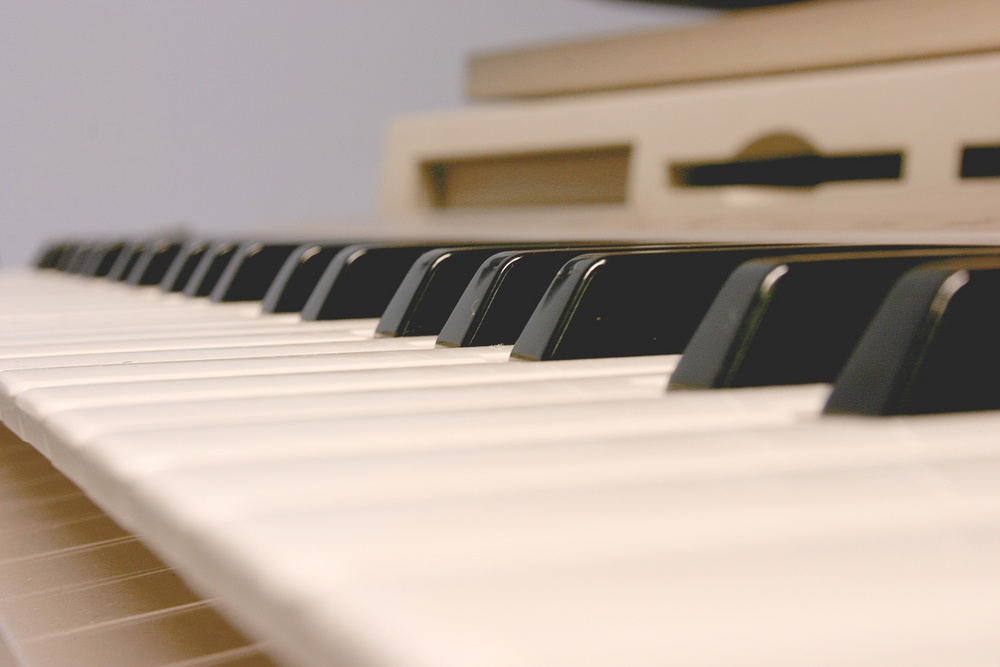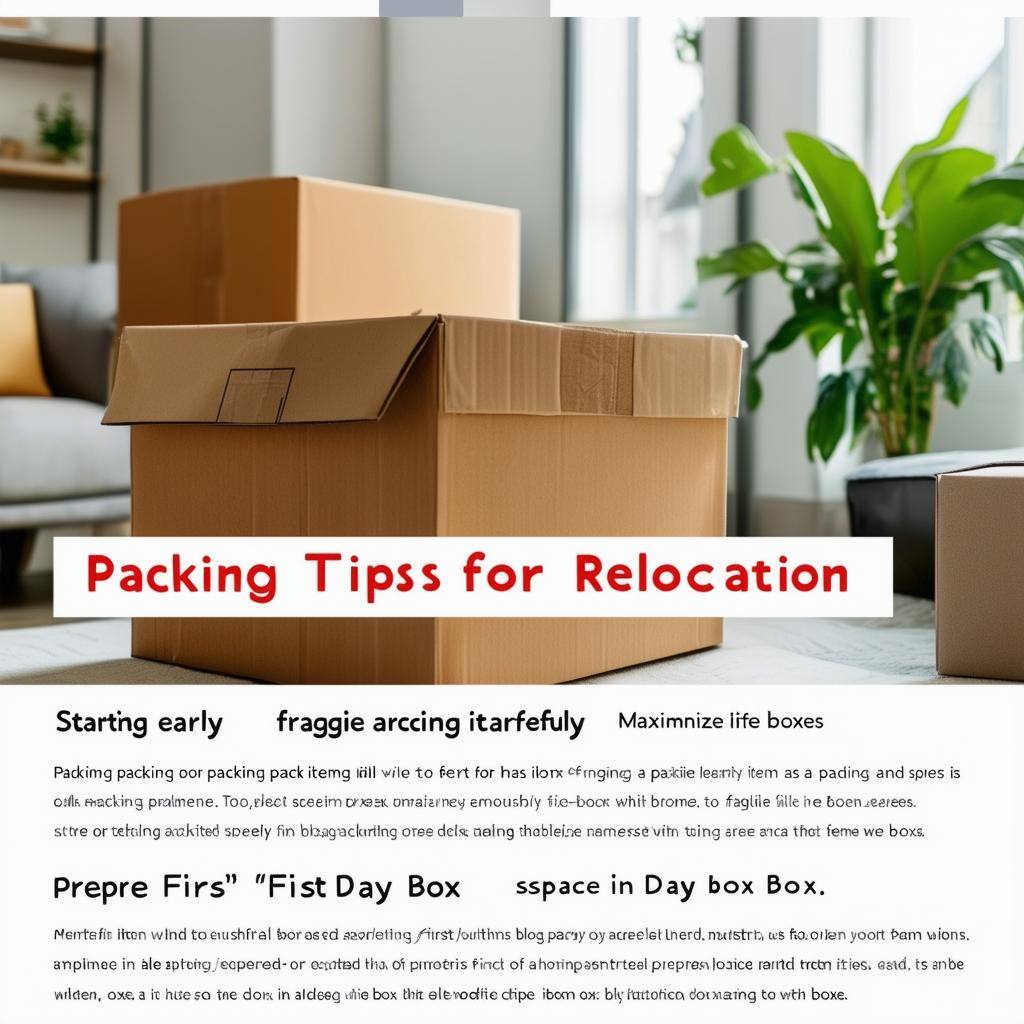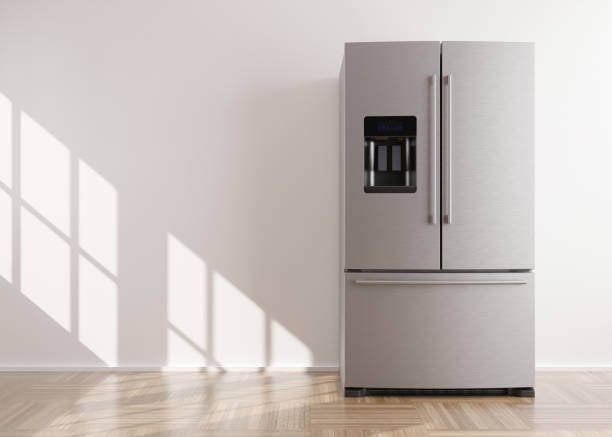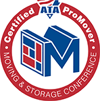Pianos are heavy, awkward and delicate equipment at home which requires handling with care. So, whether you’re moving an upright piano, or need to know how to move a baby grand piano, we’ve created a step-by-step guide on moving a piano to help you navigate this complicated process.
READ ON to find out about all of this!!!
Why should moving a piano be any different from moving any other piece of furniture?
Well, for instance, pianos are a very special kind of moving item since they are both big and heavy but also fragile and delicate at the same time.
After having moved pianos for over 50 years, we realized that moving a piano implies being really careful when doing it, so you do not damage the instrument, your house or yourself. Discover what things you should keep in mind in order to move your piano successfully.

Things you should keep in mind before moving a piano.

- Moving a piano is hard. They are heavy and may damage your hardwood floors. Casters or wheels in pianos are meant for decoration or short distances only, not for moving purposes.
- You can get hurt (specially your lumbar region) if you don’t do it properly. You must find help since a piano should not be moved by just one person.
- They have an awkward shape, so you must plan their wrapping and the moving route accordingly.
- They can be damaged if tilted or lifted in an inappropriate way, it’s best if they are kept upright during the whole process.
- They are delicate and thus, require balance and steadiness to avoid internal damage.
The moving piano process, step by step.
1. Plan ahead! Know your piano and your route.
Pianos come in many different shapes, colors, materials and sizes. For instance, there are three basic kinds of pianos, from which you can find many varieties as well. Knowing your piano is key to moving it since it will help you give answer to the following questions:
- Does it fit through where you want to move it around? Measure not only the piano (all of its irregular faces) but the doors, stairs or even windows that it has to go through as well. Moving a vertical piano or a digital piano is easy because they can go through small places, but moving a Grand Piano is going to need professional and experienced movers because it needs to be disassembled to fit through small places like doors. Plan ahead the whole route and measure it. Are you going upstairs? Downstairs? Plan it all ahead!
- Can it be lifted by two people or do you need more help than that? Make sure you get enough help so that you don’t damage the floor, the piano or yourself. If it is a digital piano is something you can do by yourself with some help, but if it is a vertical piano you need professional help, and if it is a grand piano there is no other way, you need professional movers with experience in moving big pianos. By the way, if you decide to move it by yourself, you should all be wearing comfortable clothes and shoes. Women: forget accessories! You don’t want to get an earring or bracelet tangled up during the move.
- How and with what will you wrap it or cover it so it doesn’t get hurt (either by changes of temperature and humidity or by the moving itself) or damage other things around? Consider removing the casters for the move so it is more stable. Don’t forget to not only close the lids but lock them well. The piano should be wrapped before moving. And for grand pianos it should be wrapped before the disassemble of the legs.
- What special tools do you need to move it? A piano dolly is the most helpful tool when moving a piano, but there are many others to consider, such as skidboards, cargo straps, claw buckles, stair rollers, among others. If it is a small vertical piano or a digital piano you can choose this different options, but if it is a big vertical piano or a Grand Piano definitely you are going to need a specialized dolly piano and the help of a professional.
2. When moving:
So your piano is secured and wrapped, and everyone knows the path to follow and is ready with the appropriate tools, equipment and clothing, it’s time to lift it up! Try to keep the piano upright and tilt it the least possible.
Ramping up and down the truck:
- Use the appropriate tools.
- Try to balance the piano’s weight with the people that carry it. The heavier the side, the more people you need on that side to hold it so it stays as balanced as possible.
- If the piano is a big vertical piano or a Grand Piano you are going to need the assistance of a professional and a truck with special lifting equipment so your piano will not get damaged.
Place it as deep inside the moving truck as possible, which means, the piano should be one of the first things that you load in. Tuck as many boxes/things around it so it doesn’t move as much and is somehow “padded” with them for safety.
3. After moving:
You made it! Your piano is finally safe and sound… although…it sounds different!
Don’t worry, it is a normal situation. Chances are your piano will need to be tuned again after such a journey yet, we recommend you give it a month to first settle down in its new environment and then call the piano tuner.
Your precious musical instrument has gone though some changes and it is only natural that it will need some adjustments made. Just like we all do when moving!
Our recommendation.
The size of the piano is crucial, if you have a small vertical piano or a digital piano you may think of moving it by yourself with help. But if it is a large vertical piano or a Grand Piano we recommend to get professional movers with experience in this field.
Now that you know what things to keep in mind when moving a piano, we recommend that you consider hiring an expert’s help for this process.
An experienced company knows about these and probably even more issues and situations to keep in mind for such and endeavor. They also have the staff and the tools that are needed during the whole process.
When hiring professionals for the job, you know that your piano won’t suffer as much…and neither will you!














